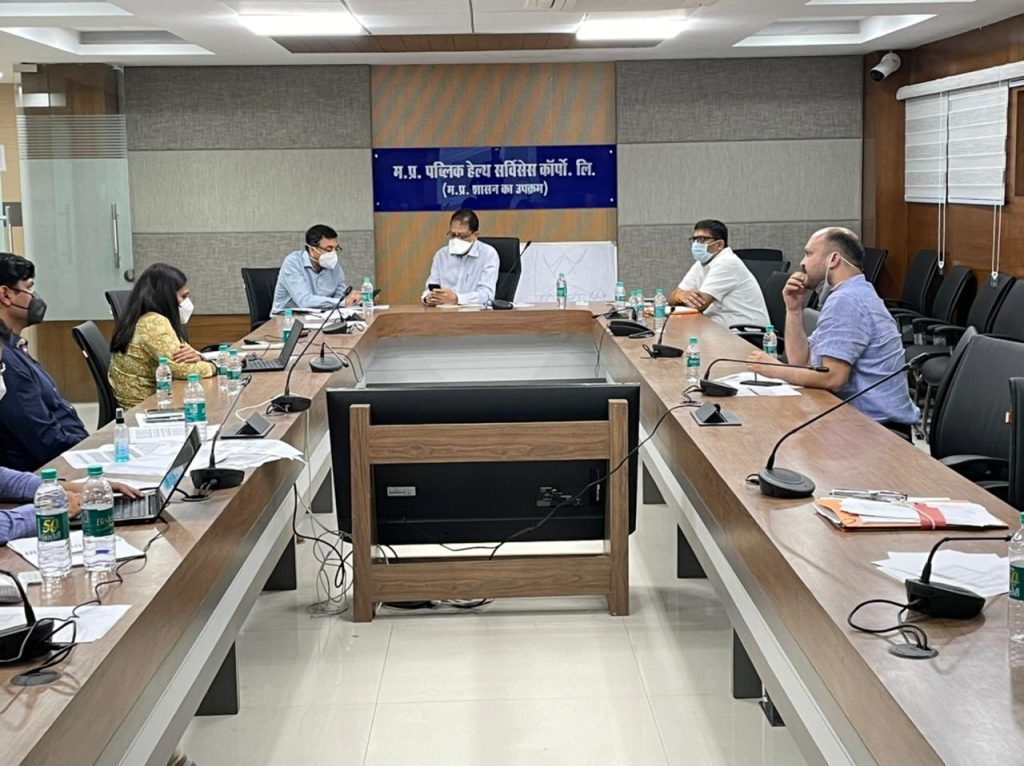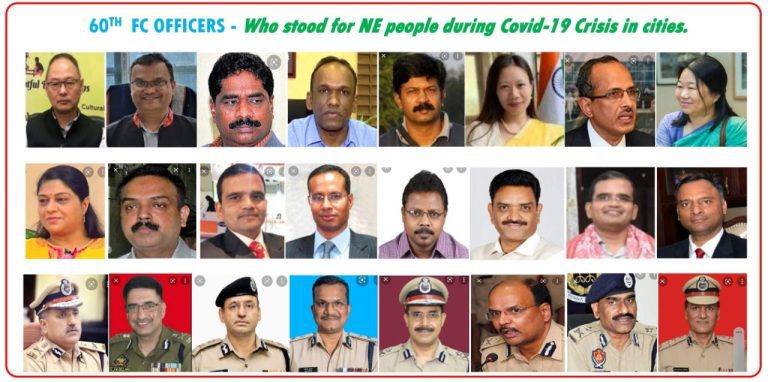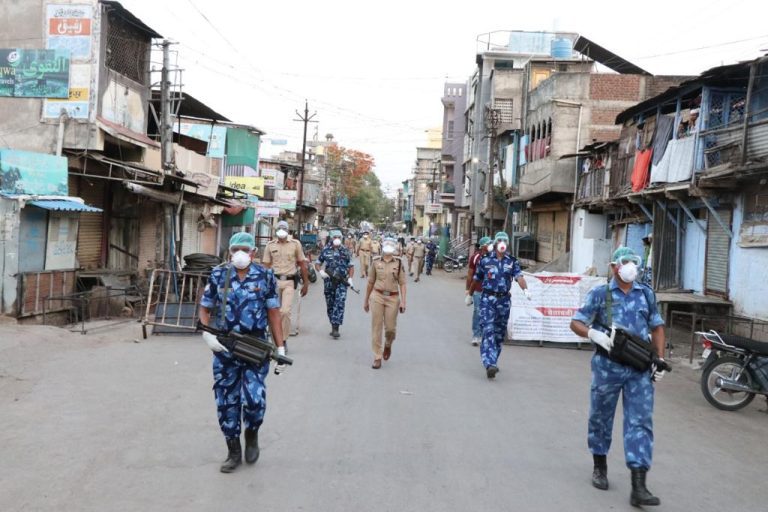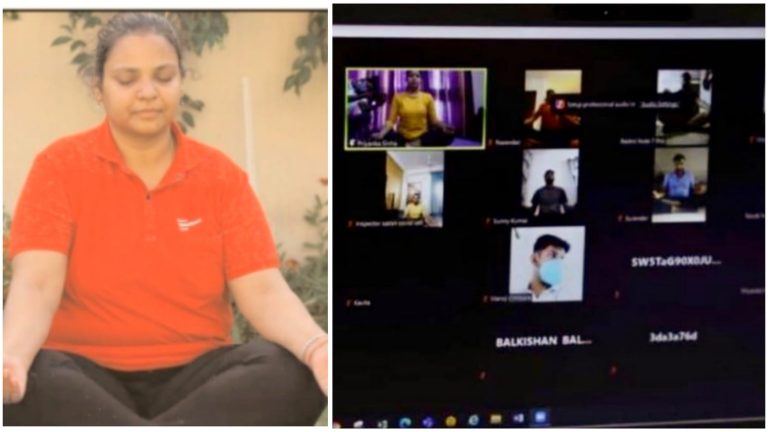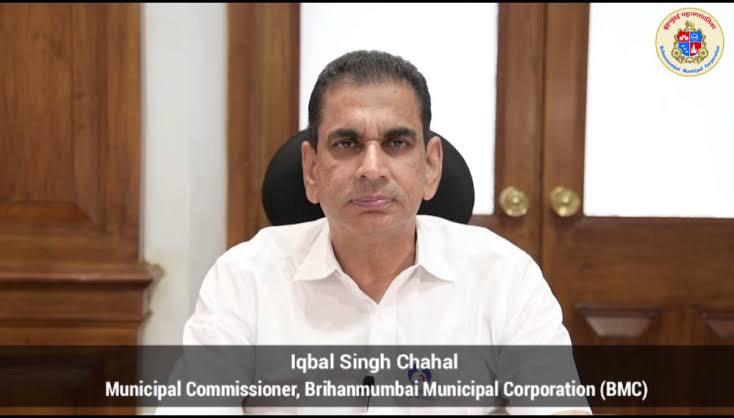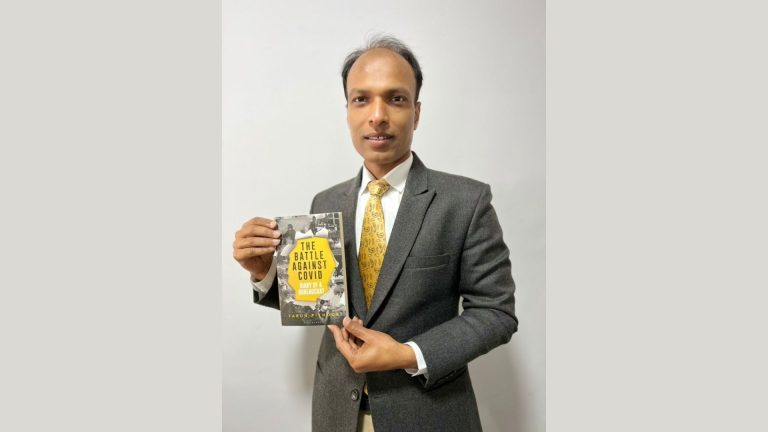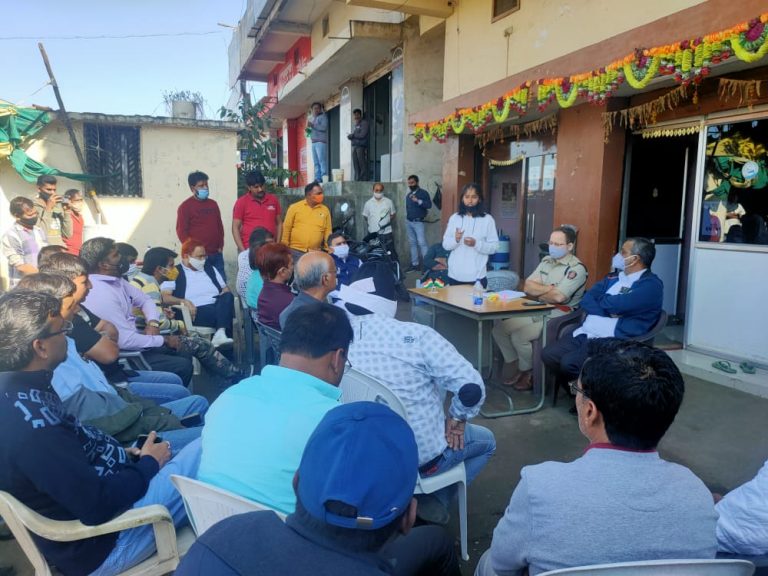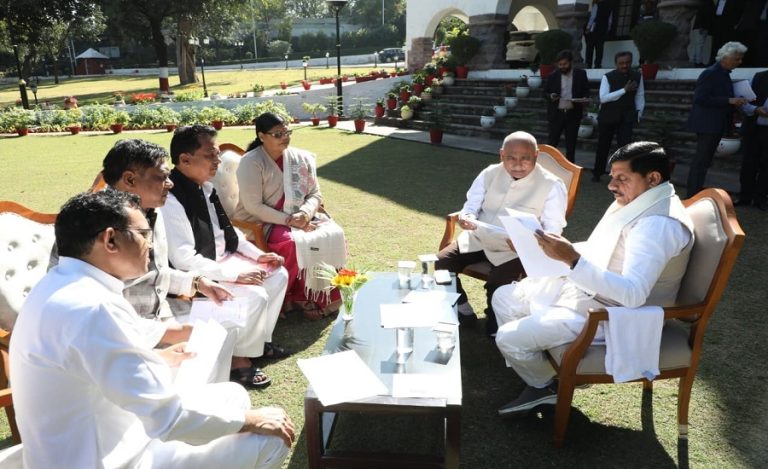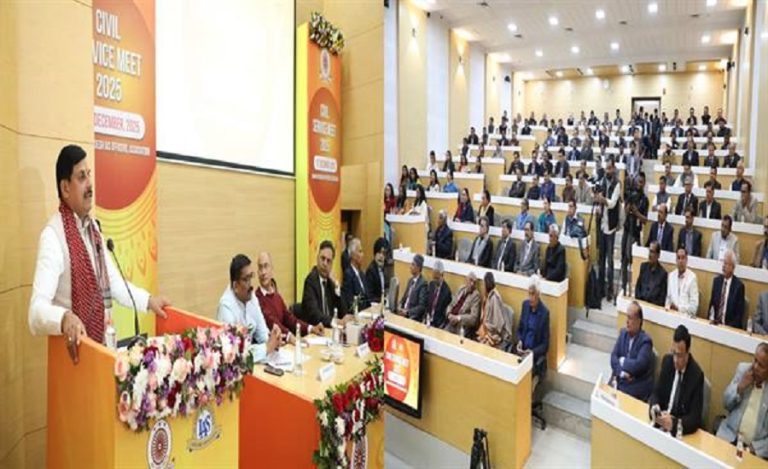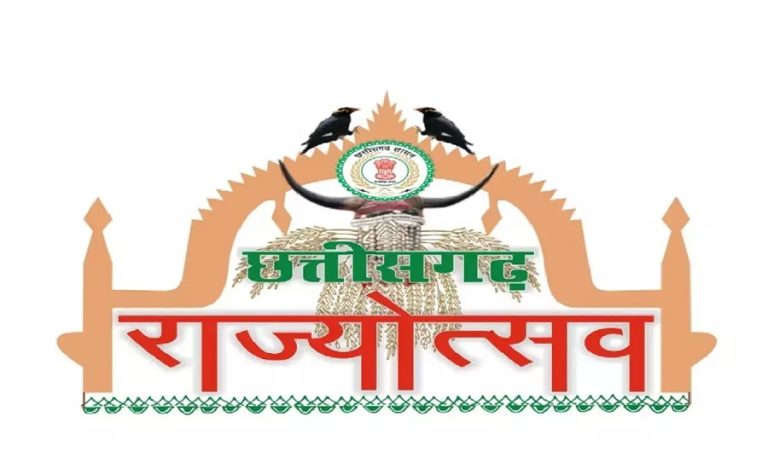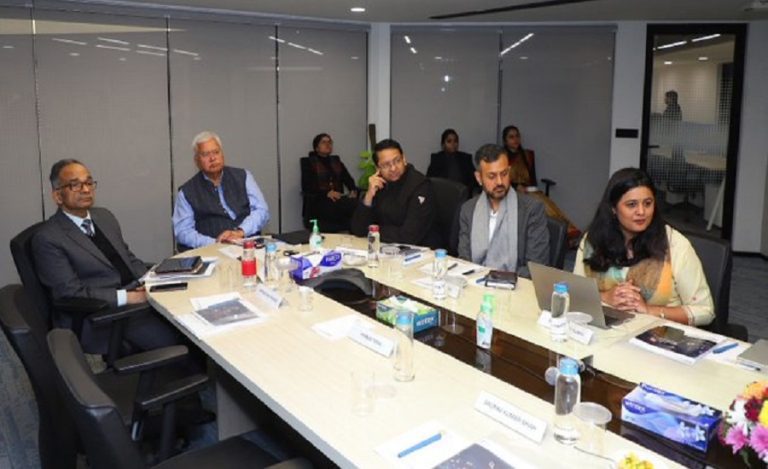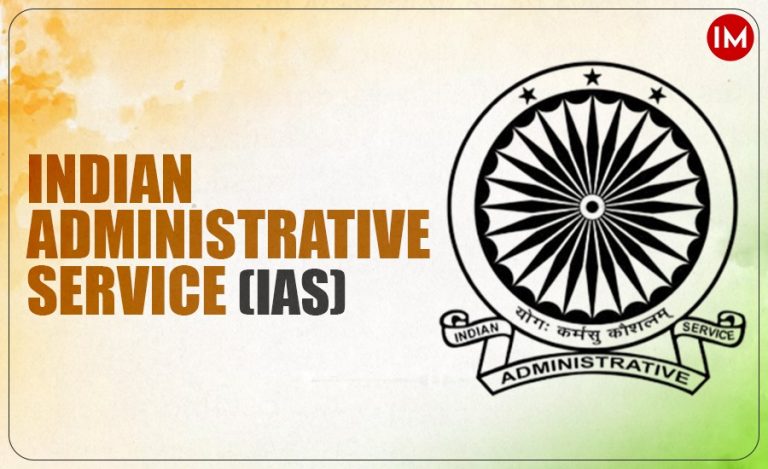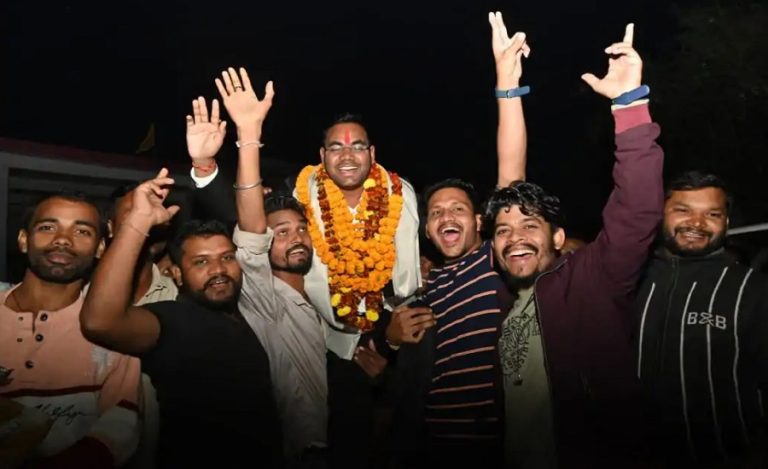Present situation of COVID-19’s Second Wave has resulted in increase in demand of Medical Oxygen; hence its availability is of utmost importance to cope up with the situation. To deal effectively with the emergent situation arising due to pandemic and to regulate the availability of Medicinal Oxygen & Liquid Medical Oxygen and to comply with provisions of Rule 74 (f), 65 (5) & Schedule U of Drugs and Cosmetics Act, 1940 and Rules, 1945, Government of Madhya Pradesh has taken several important steps.
Human Resource Management
In order to deal with the Oxygen Management, Chief Minister of Madhya Pradesh instructed the Chief Secretary to constitute a separate team for Oxygen Management in Madhya Pradesh. A separate team of Officers was constituted by GoMP in Health Department which is headed by Mr. Malay Shrivastava, Additional Chief Secretary, PHE, Mr. Vivek Porwal, Secretary, MSME, Mr. P Narahari, Commissioner, Food Safety and Controller, Food and Drugs Administration and Mr. Dhanaraju, Director, Rajya Shiksha Kendra.

The severity and gravity of the situation of COIVD-19 that we are facing and the possible problems that might come up in near future were quickly assessed. As per the directions of ACS Health Mr. Mohammed Suleman, an Oxygen Control Room was established at MP Public Health Services Corporation Limited (Old Oilfed Corporation Office). For all districts to call up and explain their issues it was directed by ACS Health that a dedicated phone number has to be established as Oxygen Emergency number. A phone number was installed at the Control Room. This number was flashed to all the Districts and Nodal Officers (Oxygen Supply) of all the districts. The Control Room functions round the clock and attends to all the calls and resolves them immediately. Any emergencies are immediately reported to the Senior officers to be resolved.
A dedicated team of employees (9 persons) of Health Corporation was made to sit round the clock to receive the calls. One senior officer is made incharge of the Control Room to monitor calls. These officers were posted by General Administration Department to assist the oxygen control room.
AS per the directions of ACS Health on 14th April, 5 Priority Districts and 18 Priority Institutions/Medical Colleges have to be monitored on a regular basis to know the status of their oxygen availability. These directions were given so that we don’t miss out on any institution just in case there is an emergency. Two officers also were posted by GAD in the Control Room who have been made to call up these institutions. Below given officers call up the above said institutions three times in a day, at 8am, 2pm and at 8pm.
Any emergency situation is red flagged and immediately reported to CFDA.
Four Officers of Transport Department have been posted to Control Room.
They have been reporting to the Control Room and providing necessary information.
Apart from the above three more IAS officers,Mr. Swatantra Kumar Singh, Mr. Preeti Maithil and Mr. Shanmuga Priya Mishra and two IPS officers Mr. Anurag and Mr. Akhil Patel are posted at the Control Room by GAD/Home Department. They have been allocated work after consultation with ACS, Health.
With increased work, separate Supply and Transport Management Team has been constituted under Mr. Vivek Porwal while the Distribution Team is headed by Mr. P Narahari. The Transport Commissioner Mr. Mukesh Jain was made to coordinate for various transport related issues with Govt of India and other states. The CHAI (The Clinton Health Access Initiative) Team of Health Department has been supporting the Oxygen Management Team. A good coordination between Health & Medical Education has been established to ensure that proper data sharing is done.
Oxygen Management from Production (Source) to Oxygen Beds.
Methodology
- Demand quantification
Once the demand has been calculated, the aim is to provide the districts with adequate supply of oxygen from appropriate sources. This demand from various districts is received from Sarthak Portal. Medical Education department sends data of all Medical Colleges on a daily basis.
- Supplier Landscaping
There are three kinds of players in the Oxygen supply.
- LMO Suppliers: They get oxygen by transportation from various sources. Major players are Inox, Inheart and Indian Cryogenics. They either directly supply to Medical Colleges, Hospitals or to LMO Refillers.
- LMO Refillers: They get oxygen from LMO Suppliers. These refillers fill O2 into Cylinders.
- ASU (Air Separation Unit): They are oxygen self-generators. They supply oxygen thru Cylinders.
The first step was to collate a list of all forms of oxygen suppliers in and around Madhya Pradesh that have been catering to the state’s needs and their capacities, post which they were mapped to districts so that the turn around time is minimized.
- Tracking Supply
Since Madhya Pradesh relies on neighbouring states for LMO supply, a system has been set up to track the supply entering the state. The source, destination, quantity of LMO and truck location are periodically tracked throughout the day to gain an understanding of the situation on-ground. The truck location is tracked thru GPS and ETA (expected time of arrival) of the truck is estimated.

In order to accommodate emergency requirements and supplier limitations in operations, a few additional tankers are being used to transport LMO from the larger districts to smaller ones.
- Movement of Tankers thru Oxygen Express and Airlifting.
Government of India has supported Madhya Pradesh by transporting tankers by Train. This Oxygen Express train carrying about 4-6 filled Oxygen Tankers arrive in MP in every two days. Till today 14 Oxygen Expresses arrived bringing 44 LMO tankers to Madhya Pradesh. The same train either goes back taking the tankers or they are airlifted. By bringing Oxygen Tankers we have been able to save enormous amount of time. As the train arrives much faster by rail than by road.
Airforce was put into action by Govt of India to support states in faster movement of tankers. Empty tankers were made to be airlifted from Gwalior, Indore and Bhopal to Ranchi and Jamshedpur. Till now 68 sorties have been made by Air Force and 107 tankers have been airlifted. Airlifting of empty tankers has enabled to reduce the TAT (turn around time) by saving one way movement of tankers by road. This gesture by Govt of India has saved enormous amount of time and lives.
- Allocation of Oxygen sources
Districts were classified into three categories:
- Districts that can utilize LMO- Cryogenic tanks in Medical Colleges and Private Hospitals
- Allotment of LMO to the maximum extent possible
- Example: Indore and Bhopal
- Districts with in-house LMO based re-fillers/ASU Plants
- Allotment of oxygen supply from suppliers to optimize the Turn Around Time
- Example: Districts around Raisen and Singrauli
- Districts without in-house ASU plants/LMO re-fillers
- Allotment of oxygen supply from around the geography
- Example: Sagar and Hoshangabad
- Monitoring of Allocation of Oxygen
Once the allocation is done, the allocation details are shared with districts and opinions were invited regarding the same. Requests and complaints from each district were compiled and incorporated into the allocation plan on a case-by-case basis.
On the basis of daily supply received, oxygen allocation is revised to accommodate the needs of all the districts, making it a dynamic plan. This laborious exercise everyday enables the Control Room to provide Oxygen to each and every Hospital Bed.
- Oxygen Audit
Govt of India constituted an expert committee which fixed norms for Oxygen Consumption per patient. The Oxygen beds (without ICU) can consume upto 10 litres per hour. The Oxygen Beds (with ICU/HDU) can consume upto 24 litres per hour. Only 8.5% of the total patients can be on O2 beds and 3% on ICU Oxygen beds. That is total of about 11.5% of total Covid Patients need Oxygen.
States have been told to adhere to these guidelines. In order to follow these guidelines, Oxygen Audit was done in Madhya Pradesh. A sheet is daily prepared by Health Department of MP which clearly mentions the districts and hospitals which are flouting these norms. The district Collectors then get Oxygen Audit on a daily Basis. Khandwa District was able to dramatically reduce oxygen consumption by about 30%. The Khandwa District of MP became a role model in Oxygen Audit in the entire country. Similarly, all states have been advised to do Oxygen Audit on a regular basis and reduce unnecessary oxygen consumption.
- Oxygen Supply in April& May 2021
The second wave of Covid-19 has challenged the entire system. But the Madhya Pradesh Government rose to the occasion and pooled in all possible resources to supply oxygen to each and every district and then to Hospital Beds.
On 1st April the state was able to supply 80MT, the team put all possible efforts and is able to supply about 680MT as on 6th May. With the number of cases gradually decreasing now the supply is upto 610MT per day (as on 16th May).
The entire demand of the state is being meted out not only from LMO suppliers but also from ASUs and Oxygen Concentrators. On a war footing, 8 ASUs have been constructed and 94 PSAs are under construction in Govt medical colleges and Hospitals. They will soon will be completed and began supplying oxygen. About 3455 Oxygen Concentrators were eitherallotted by Govt of India to State Government or bought by State Govt which werereallotted to various Hospitals.
- Planning For Future
Now, with the cases declining (since one week), the team is managing to plan for reduction of Oxygen as per the occupancy of beds.
The entire process of Demand generation, Transportation, Supply & Distribution is being studied and a portal to track the entire process is being developed. This will help in any future Covid-19 wave if at all it happens.
The author of this article is P Narahari, IAS presently Commissioner, Food Safety and Controller, Food and Drugs Administration (posted on 8th April 2021 to handle Oxygen Management). He also holds the post as Managing Director, Madhya Pradesh State Cooperative Marketing Federation, Cooperatives Department.

